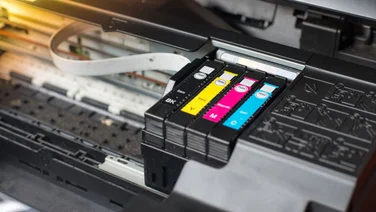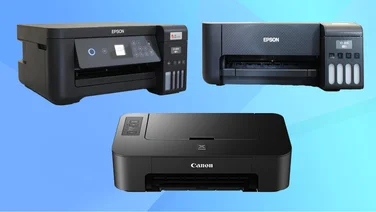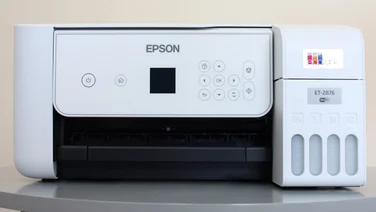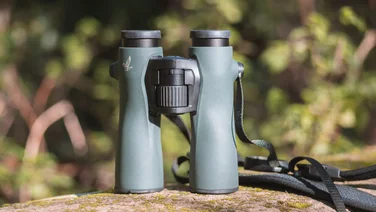To help us provide you with free impartial advice, we may earn a commission if you buy through links on our site. Learn more














The Sony Cyber-Shot HX50’s 30x zoom is the biggest ever to grace a compact-shaped camera. The 24-720mm (equivalent) focal length range means it can tackle wide-angle vistas, wildlife photography and anything in between. Meanwhile, the 20-megapixel sensor is the highest ever resolution for a pocket ultra-zoom camera. Throw in the 2x digital zoom function, which uses the central 5-megapixel area of the sensor – still plenty for 6x4in prints and HD slideshows – and you’ve got a 60x zoom. It also has the best panorama mode around, with the ability to capture 43-megapixel photos simply by rotating the camera. Even its 400-shot battery life is exceptional for this type of camera.

The HX50 isn’t just about big numbers, though. With its dedicated exposure compensation dial and hotshoe, it clearly wants to be taken seriously as an enthusiasts’ camera. The hotshoe can accommodate a flashgun, and there are extra contacts for an external microphone (part code ECM-XYST1M, around £125) and electronic viewfinder (FDA-EV1MK, an eye-watering £380). Thankfully, Sony’s new Multi Interface Shoe design is also compatible with standard accessories – we had no problem using the HX50 with our iShoot wireless flash trigger.

A dedicated exposure compensation dial is something we usually really appreciate, but this one is let down by the LCD screen, which suffered badly from reflections. This made it hard to adjust the exposure with any confidence when shooting outdoors, and there’s no histogram to help out. The screen was virtually unusable in direct sunlight.
The exposure compensation dial is also slightly at odds with the rest of the controls, with only a few single-function buttons. There’s a Custom button that can be assigned to ISO speed, white balance or metering mode, and pressing the centre button on the navigation pad cycles through exposure-related functions and autofocus point selection. The Help and Photo Creativity buttons will be largely wasted on experienced users. The latter is only active in Auto mode, which prohibits access to most other settings. Priority and manual exposure settings are available, but the 1/1,600s maximum shutter speed is rather slow. Manual focus is available but the 2x digital magnification wasn’t sufficient for precise adjustment.

Wi-Fi is built in, allowing the camera to communicate with the PlayMemories app for iOS and Android. It supports wireless transfers and remote-controlled shooting, complete with a live view stream in the app. Control over settings is limited to capture, zoom and self-timer. It’s a shame there’s no option to move the autofocus point. The model we tested also included GPS, but it seems that that version – the HX50V – isn’t available in the UK. That’s a shame, as the GPS radio performed extremely well, often finding its location within a few seconds of switching on.
The video mode is a highlight, with responsive, smooth and silent autofocus and only a little noise from the zoom motor creeping into the soundtrack. The optical stabilisation did a decent job of keeping handheld shots steady at the full zoom extension. Picture quality was smooth and crisp, and held up remarkably well in low light. The camera can capture 15-megapixel photos at the same time (except in 50p mode), but these look like upscaled 1080p frames rather than the native output from the sensor.
Photo performance was respectable, taking 2.2 seconds to switch on and shoot, and 1.7 seconds between shots in normal use. Burst mode ran at 7fps for ten frames, and took eight seconds to save them before repeating the trick. These are decent results, but not as fast as our current Best Buy pocket ultra-zoom camera, the Panasonic Lumix DMC-TZ40.
IMAGE QUALITY – CLICK SAMPLES TO ENLARGE
Record-breaking specs don’t necessarily lead to class-leading quality, and the opposite is often true when a manufacturer rushes to deliver the biggest zoom or the highest resolution. With that in mind, we were impressed by the consistency of the lens throughout its enormous zoom range. Wide-angle photos were seriously sharp from corner to corner. There was a small, gradual deterioration towards 400mm (equivalent) focal lengths, but it was only really noticeable on subtle textures such as foliage and fur.

The high-contrast lines in this sample shot are pixel sharp

However, sharp details were only possible when shooting at slow ISO speeds. Because telephoto shots are particularly susceptible to camera shake, it required direct sunlight or a tripod to shoot at the base ISO 80 setting with the zoom fully extended. Overcast weather or shady conditions inevitably pushed the ISO speed up, and the resulting noise reduction took a heavy toll on details. These shots usually looked fine when resized to fit a computer screen, but they didn’t stand up to scrutiny.

Overcast weather has pushed the ISO speed up to 160, which is enough to make details look syrupy and vague

The Sony Cyber-Shot HX50 has many positive traits, but it’s not immediately obvious who it’s aimed at. The hotshoe and exposure compensation dial might appeal to enthusiasts, but the relatively noisy sensor, excessively reflective screen, beginner-oriented button layout and lack of raw shooting will probably put them off again. The 30x zoom, excellent video mode and substantial battery life have universal appeal, though. The Panasonic Lumix DMC-TZ40 is still our favourite pocket ultra-zoom camera to date, but the HX50 has enough going for it to carve out its own niche.





